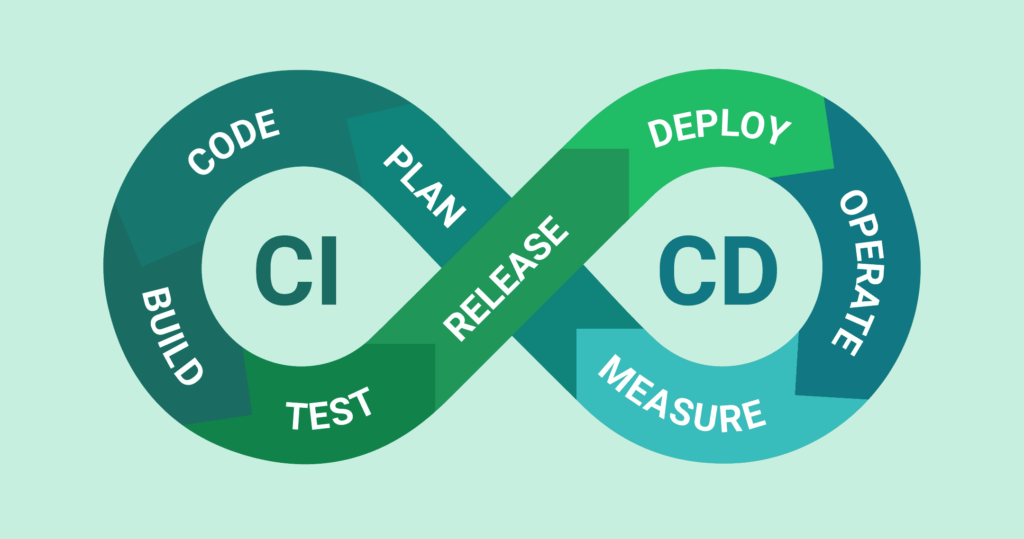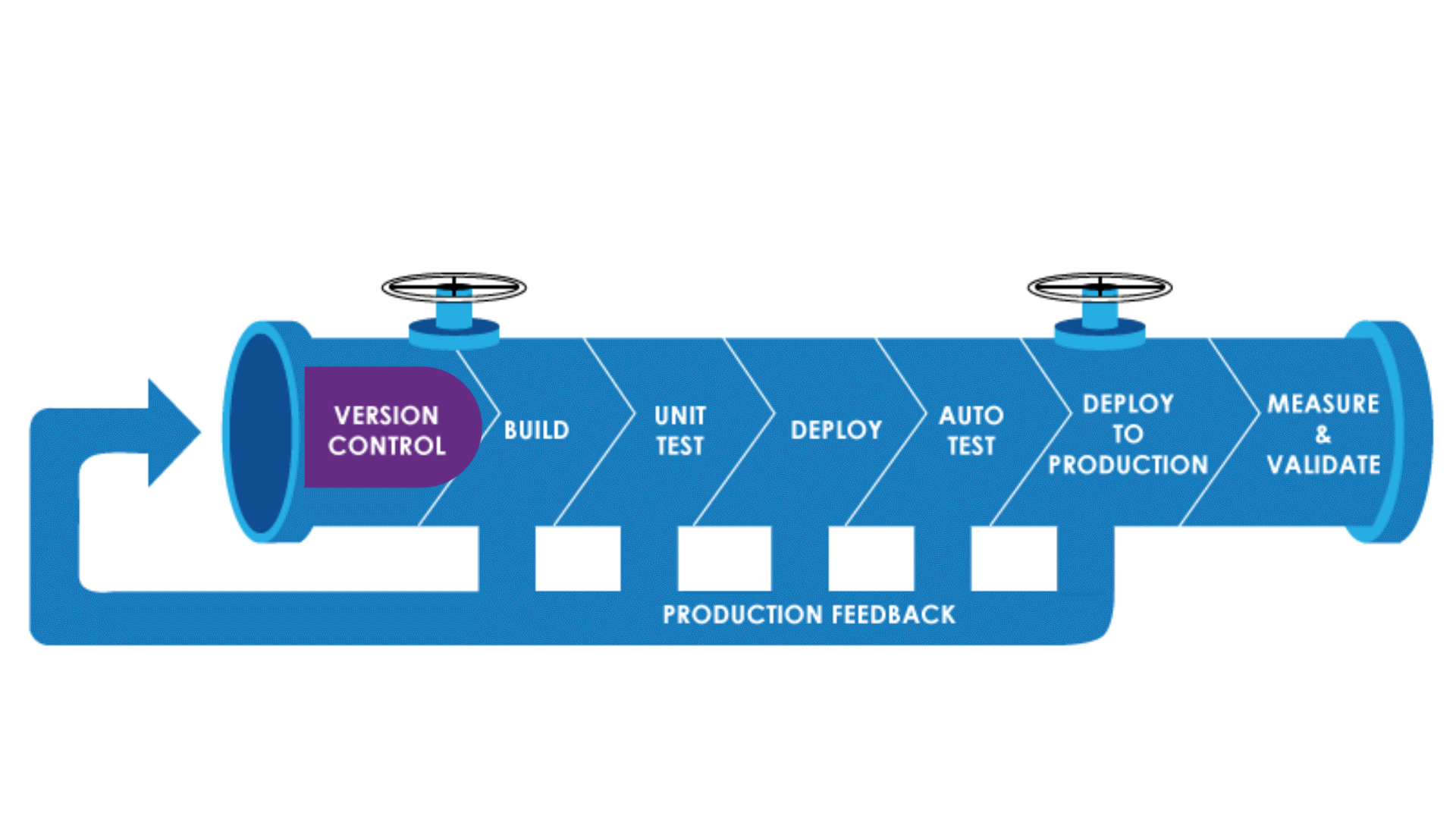Demystifying CI/CD Pipelines: How They Work and Why They're Crucial
 Ravindu Sathsara
Ravindu Sathsara
Introduction
As a software engineer, you're likely familiar with the rapid pace of development in the tech world. New features, bug fixes, and updates are a constant part of the software development lifecycle. To keep up with this fast-paced environment, developers rely on Continuous Integration and Continuous Deployment (CI/CD) pipelines. In this article, we'll dive deep into the inner workings of CI/CD pipelines, exploring how they function, their key components, and why they are indispensable in modern software development.
Understanding CI/CD Pipelines
CI/CD pipelines are a set of automated processes that enable developers to efficiently build, test, and deploy their code changes. The goal is to ensure that new code is integrated into the main codebase continuously and reliably, reducing the risk of introducing bugs and streamlining the deployment process. Let's break down how CI/CD pipelines work:
1. Source Code Repository:
The process begins with a source code repository like Git. Developers commit their code changes to this repository, which serves as the central hub for version control.
2. Continuous Integration (CI):
When a developer pushes their code changes to the repository, the CI phase is triggered. This phase involves building and testing the code automatically. The CI server checks out the latest code, compiles it, runs unit tests, and performs static code analysis. If any of these steps fail, the pipeline is halted, and developers are notified of the issues. This ensures that code is always in a working state.
3.Artifact Generation:
After successful CI, the code is often packaged into artifacts, which are ready-to-deploy versions of the application. These artifacts may include compiled binaries, container images, or other deployment-ready assets.
4. Continuous Deployment (CD):
In the CD phase, the pipeline deploys the artifacts to various environments. Typically, there are multiple stages, such as development, staging, and production. Each stage serves as a gatekeeper, ensuring that code is thoroughly tested and validated before progressing to the next environment.
5.Automated Testing:
Automated testing is a critical part of the CD phase. This includes not only unit tests but also integration tests, end-to-end tests, and even performance tests. These tests help ensure that the application behaves as expected and meets performance requirements.
6.Manual Intervention (if needed):
Sometimes, a manual review or approval is required before deploying to production. This adds an extra layer of security and control, especially in critical applications.
7.Deployment to Production:
Once the code passes all tests and approvals, it is deployed to the production environment. This can be done gradually to minimize downtime and risk. Rolling deployments and blue-green deployments are common strategies.
8.Monitoring and Feedback:
Continuous monitoring and feedback are essential in a CI/CD pipeline. Developers and DevOps teams monitor the application in production, collecting data on performance, errors, and user behavior. This feedback loop informs further development and improvement.

Benefits of CI/CD Pipelines
Faster Development: CI/CD pipelines automate time-consuming tasks, reducing manual effort and speeding up development cycles.
Reliability: The automated testing and deployment processes enhance code quality and reliability, reducing the chances of introducing bugs into production.
Consistency: CI/CD pipelines enforce consistency in the development process, ensuring that all code changes follow the same path from development to production.
Early Detection of Issues: CI/CD pipelines catch issues early in the development process, making them easier and less costly to fix.
Continuous Feedback: By monitoring applications in production, teams can gather valuable feedback and make data-driven decisions for improvements.
Reduced Risk: Gradual deployments and automated rollbacks reduce the risk associated with deploying new code.
Conclusion
CI/CD pipelines are the backbone of modern software development, allowing developers to deliver high-quality code quickly and reliably. By automating the build, test, and deployment processes, CI/CD pipelines reduce manual effort, catch issues early, and provide a structured approach to software development. As a software engineer, mastering CI/CD pipelines is essential for staying competitive in the ever-evolving tech industry. Embrace CI/CD, and watch your development process become more efficient and error-free.
Subscribe to my newsletter
Read articles from Ravindu Sathsara directly inside your inbox. Subscribe to the newsletter, and don't miss out.
Written by

Ravindu Sathsara
Ravindu Sathsara
Software Engineer, JavaScript, TypeScript, Gamer. 🎮🎧💻